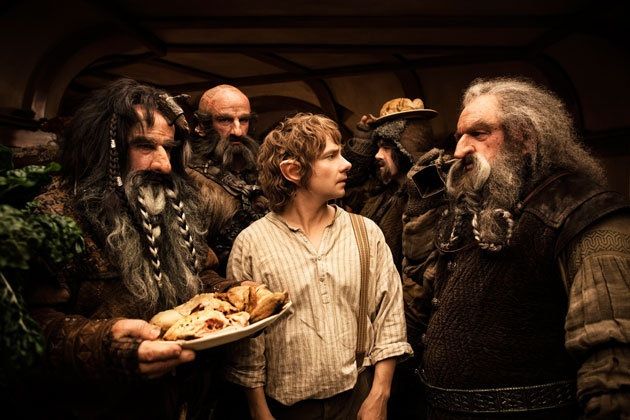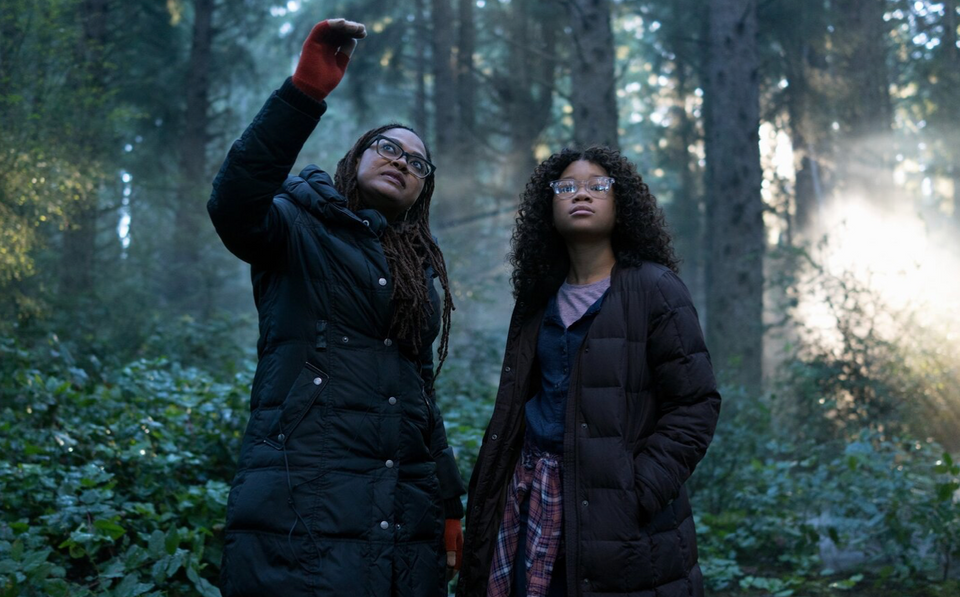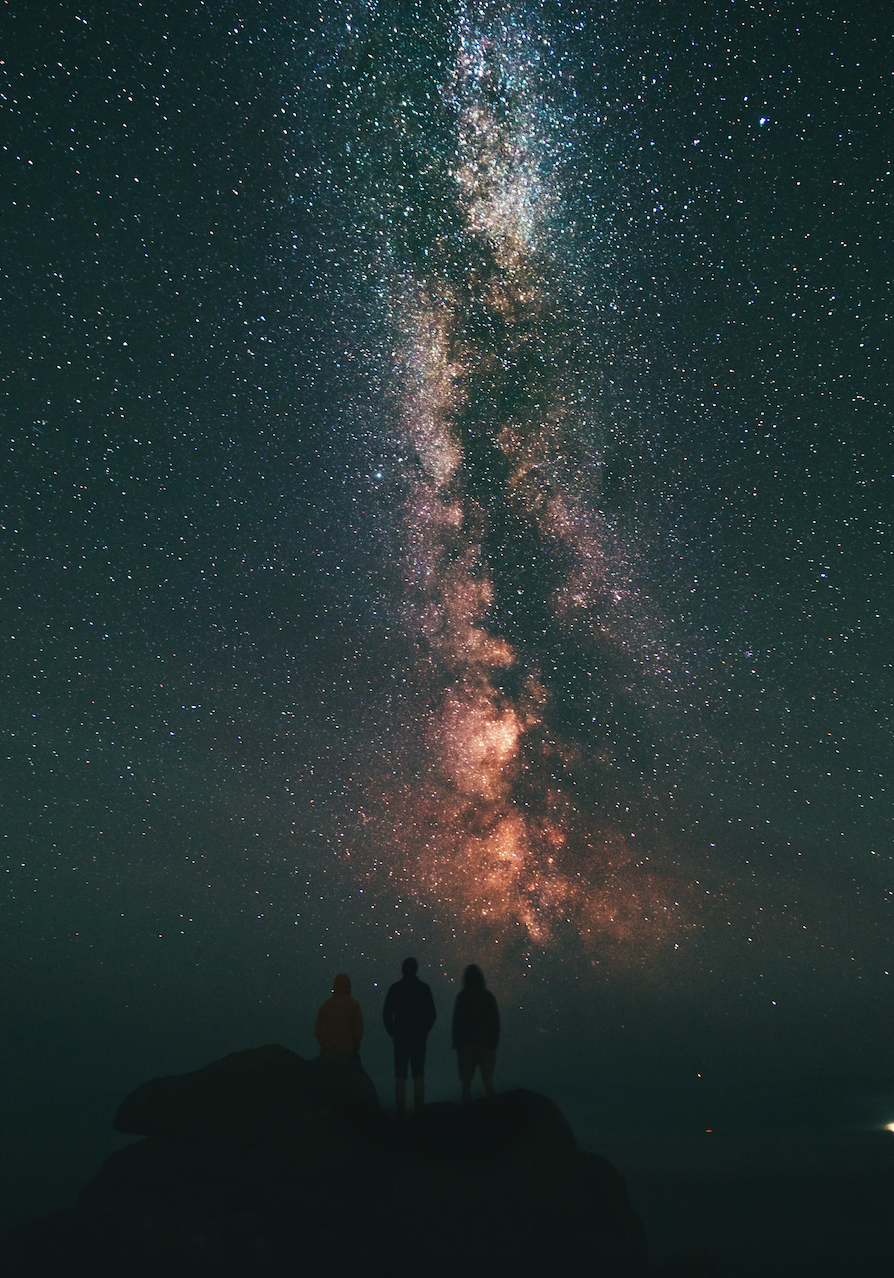A once-in-a-lifetime experience is about to be repeated. Peter Jackson, having made movie history with his epic film trilogy The Lord of the Rings, is about to release the first installment of another epic film trilogy: The Hobbit.
Conversations among Tolkien fans and scholars are growing increasingly shrill. They were gratified by Jackson’s lavish treatment of their favorite books in LOTR and betrayed by his “infidelity” to elements of plot and character. Now, those passionate, opinionated readers are buckling up for another emotional ride to heights of cinematic magic and depths of literary inaccuracy. Tweeting, posting, blogging, and weeping, they wail: Will Jackson distort characters the way he dumbed-down Faramir and the Ents? Will he leave out 20% of the original text as he cut out the Scouring of the Shire? Will he blow little battles into major wars, as he did with Helm’s Deep? In short, will he ruin Tolkien’s masterpiece? And, above all, why O why—and how—is he turning a 287-page story into a three-movie epic?
Inevitably, Jackson’s Hobbit will not be Tolkien’s Hobbit. Many rabid Tolkien fans and serious Tolkien scholars will be disappointed. How, then, can these people prepare themselves to handle the disappointment on December 14th? Is it even possible to pack the right baggage for this trip to the theatre, leave pocket-handkerchiefs of prejudice behind, and actually enjoy the movie?
Here are some suggestions for what to bring and what to leave behind.
1. Pack A Theory of Adaptation
Cultural analysts frequently pick up on the idea that “Form Changes Content” and theorize it in interesting ways. Themes, events, or characters change when they are translated into another medium or genre. The exact same speech is a different piece of literature on the page, on a stage, in an animated cartoon, and in a live-action feature film. These changes are even more obvious when the source material is non-verbal. How does a character’s internal monologue, presented on the page by a narrator, translate to the screen? Voiceover effects are almost always cheesy. Flashbacks or visual presentations of the character’s thoughts are usually clumsy. Music, lighting effects, and facial expressions—much more subtle methods of communication than narrative—must do the job. The result will be wildly different from the book. Whether the result is better or worse is another matter.
Context also changes content. Bilbo’s adventuresome journey, in the company of thirteen (male) dwarves and a (male) wizard, to kill a dragon and recover a treasure, has different implications to a 21st-century audience than it had to its original readers in the mid-20th (about gender roles, oppressive governments, technological warfare, economic disenfranchisement, environmental stewardship, and the supernatural, for example).
In other words, The Hobbit will be different on the screen. Therefore:
2. Leave The Hobbit at home
Remember that a movie is not a book. A book made into a movie is not just a new setting of the same material; it is a completely new work of art. To be fair to Jackson’s work, viewers and reviewers should consider it on its own terms, evaluating it according to the standards that movies must meet, such as cinematography, screenplay, musical score, acting, pacing, lighting, cutting, CGI, and so forth.
There are bound to be enormous changes to Tolkien’s original tale. Indeed, certain liberties have already been taken, as the first and second trailers show (complimented by some insider information). Several of the dwarves’ names are mispronounced (such as Gloin, which should sound like glow-in). More troublingly, Jackson & Co. have added wildly original material, such as the Tombs of the Nazgul; a possible dwarf-elf romance; and an expanded role for Radagast the Brown, including birds under his hat and a sled pulled by Rabbits of Unusual Size (yes, “huh?” is a valid response). There are even ominous hints that the Necromancer (aka Sauron) might show up at the Battle of Five Armies.
Some changes will leave Tolkien purists fuming. Some will be visually beautiful, consistent with the new story, and dramatically compelling. So leave the paperback copy of The Hobbit at home, relax, and enjoy the show. Get absorbed by the story, even if it is not the “real” story or the “right” story. Let it be its own story.
3. Pack the appendixes to LOTR, along with “The Quest of Erebor” and “The Istari” in Unfinished Tales.
The clips, quotes, sightings, interviews, and other bits of movie-related gossip have made it clear that Jackson is drawing not only from the text of The Hobbit, but also from other material Tolkien worked on throughout his life. As Dr. Corey Olsen, The Tolkien Professor, has explained, the original Hobbit was not integrated into the Lord of the Rings story when it was first published in 1937. The ring Bilbo found wasn’t even The Ring of Power yet; it was just some magic ring of invisibility. But throughout his life, Tolkien rewrote and rewrote all of his stories to make them fit together. He even wrote a new chapter five, “Riddles in the Dark,” to fit his later story (this is the version of the riddle game in all our editions now). That later version made Gollum much more scary and hinted at the Ring’s corrupting powers.
Jackson has a similar situation; he is making his Hobbit after his LOTR, so it will inevitably fit into the kind of world he created in his earlier films.
Therefore, expect to see additional battles between dwarves and goblins (ancestors of Thorin & Co. and the Great Goblin): these are narrated in the appendixes to LOTR.
Expect much more about how clever and intentional Gandalf was in choosing Bilbo; this is found in “The Quest of Erebor” (and there’s lots more about Gandalf’s pre-incarnate back-story in “The Istari”) in Unfinished Tales. Even the trailer includes bits of Gandalf’s justification of his odd choice for a burglar, including “Hobbits can pass unseen by most, which gives us a distinct advantage.”
Expect an entire second “White Council” plot. Gandalf, Galadriel, Elrond, Saruman, and others (possibly including Radagast) will meet to discuss their job: to expel the Necromancer from Mirkwood. These meetings and the subsequent battle will probably make up about half of the action of the second movie, alternating with the killing of Smaug. Now, in Tolkien’s Hobbit, this entire drama takes up about half a sentence of retrospective anecdote by Gandalf. But the hints are there, throughout Tolkien’s other works, and you can be Jackson won’t let those slip by.
That, by the way, is how Jackson can get three long movies out of a little children’s book.
4. Leave The Silmarillion at home
Those hints, however, stop there. Jackson does not have the rights to anything found in The Silmarillion. So do not expect an actual discussion of how all of Bilbo’s astonishing good luck was really planned by Eru / Iluvatar (God). Don’t expect much more Elvish history—unless it is also contained in the Unfinished Tales, or hinted at in some of the summary references scattered throughout The Hobbit.
5. Pack The Tolkien Professor’s “Riddles in the Dark” podcast
This is an intelligent, hilarious, comprehensive podcast in which The Tolkien Professor and his co-hosts gather all the hints, gossip, and other juicy bits of movie-related news and speculate about how the movie-makers will translate the book. Dr. Olsen’s knowledge of Tolkien’s works is encyclopedic. Plus there’s a really fun predictions game. Catching up on all the podcast episodes and joining the competition on their facebook page are great ways to be thoroughly prepared on debut night.
6. Leave your spouse at home
If the idea of Sauron showing up at Erebor makes you sick, or if you are wont to writhe and squeal with disgust at goofy hedgehogs where once there were elvish songs, you may want to go by yourself. It might be easier to keep quiet that way.
7. Pack a lunch
It’s going to be long. Nearly three hours long.




